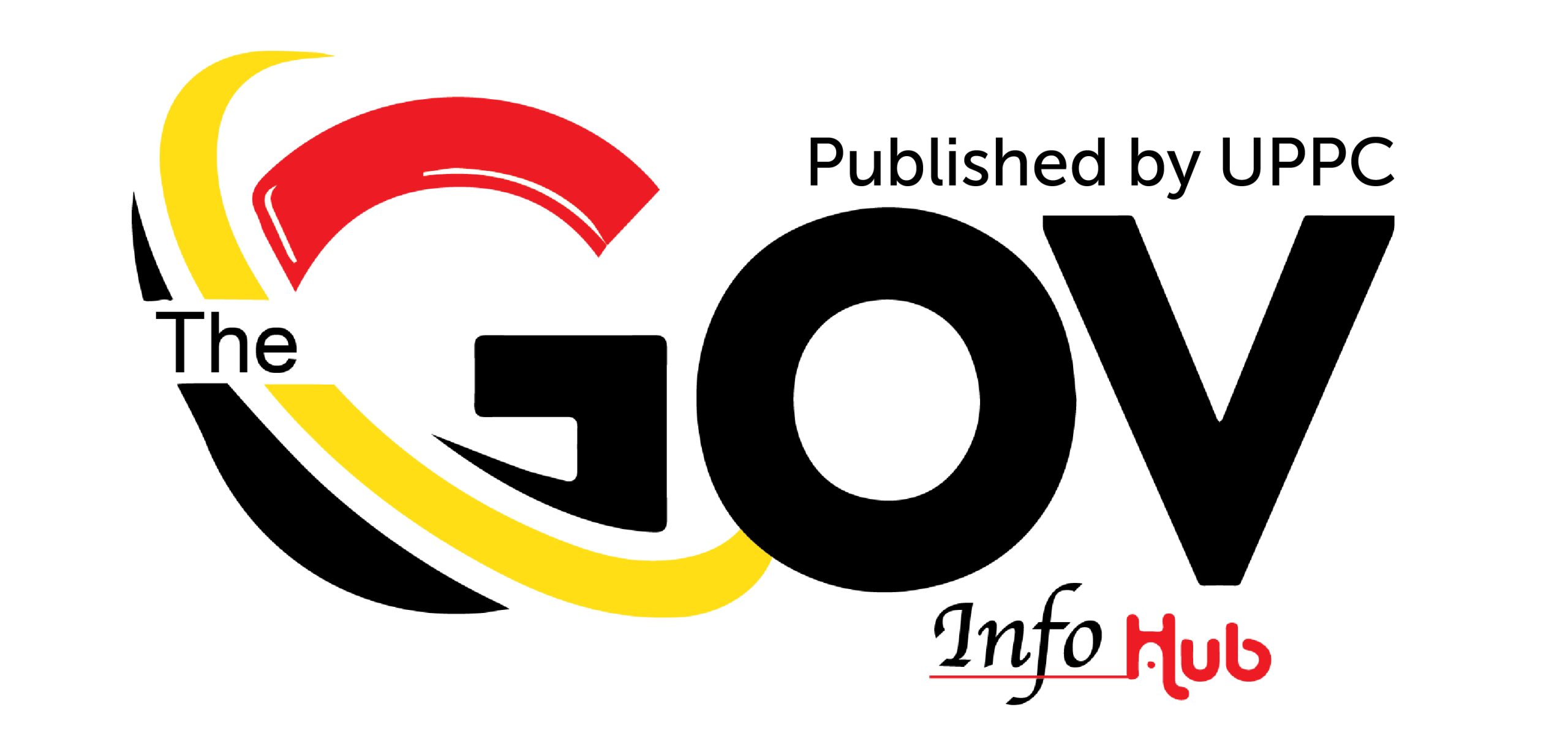By Diana N.Kintu
Uganda and Kenya have taken a significant step towards the realisation of the Greater Busia Metro (GBM) Project, following a three-day cross-border meeting that brought together high-level officials, international partners, and local government representatives. The discussions, held at the Gold Star Hotel in Busia, highlighted the shared commitment of both nations to transform the border region into a hub of integrated economic and social development.
The Ugandan delegation was led by Ambassador Eunice Kigenyi, the Chargé d’Affaires at the Uganda High Commission in Nairobi. On the Kenyan side, officials from the Ministry of Lands participated alongside representatives from UN-HABITAT and local government authorities. Together, the two countries engaged in detailed discussions aimed at advancing the GBM Project, which is viewed as a strategic initiative for fostering cross-border collaboration, economic integration, and regional stability.
“The Greater Busia Metro Project is more than a development plan; it is a shared vision for both Uganda and Kenya,” Ambassador Kigenyi said during the meeting. “We are committed to working together to ensure that this project improves livelihoods, enhances infrastructure, and strengthens social cohesion for communities on both sides of the border.”
A central focus of the talks was addressing challenges related to spatial planning, housing, land rights, and trade within the metropolitan area. Officials emphasised the need to consider the unique realities of residents in informal settlements, including women, young people, and other vulnerable groups who often face limited access to services and economic opportunities. The discussions sought to identify practical strategies to improve living conditions, support small-scale traders, and integrate informal economic activities into broader urban planning frameworks.
In addition to addressing challenges, the meeting provided a platform for identifying development opportunities. Delegates explored ways to enhance cross-border trade, create employment, and promote sustainable urban growth. By fostering collaboration between Ugandan and Kenyan authorities, the project aims to establish a well-planned, inclusive metropolitan region that leverages the strategic location of Busia as a gateway for commerce and investment in East Africa.
The Greater Busia Metro Project is part of a broader effort to strengthen regional integration within the East African Community (EAC). Both Uganda and Kenya recognise the potential of the project to not only boost economic growth but also improve social development outcomes. Enhanced infrastructure, better access to services, and coordinated urban planning are expected to benefit tens of thousands of residents living in the border region.
Local government officials highlighted the importance of community involvement in the project. “Engaging residents in planning and decision-making ensures that development is inclusive and responsive to the needs of the people,” noted a representative from Busia County. Officials also committed to monitoring progress closely, ensuring that implementation adheres to agreed timelines, and that benefits reach all residents equitably.
The cross-border discussions concluded with an agreement to continue regular consultations, conduct joint feasibility studies, and implement pilot initiatives that will serve as a foundation for the full-scale rollout of the Greater Busia Metro Project. Stakeholders emphasised that successful execution will require sustained collaboration, transparency, and the active participation of both governments, development partners, and local communities.
As Uganda and Kenya advance plans for the Greater Busia Metro, the project is increasingly seen as a model for cross-border cooperation in the region. Its success is expected to contribute not only to economic growth but also to peace, stability, and shared prosperity along the East African frontier.


